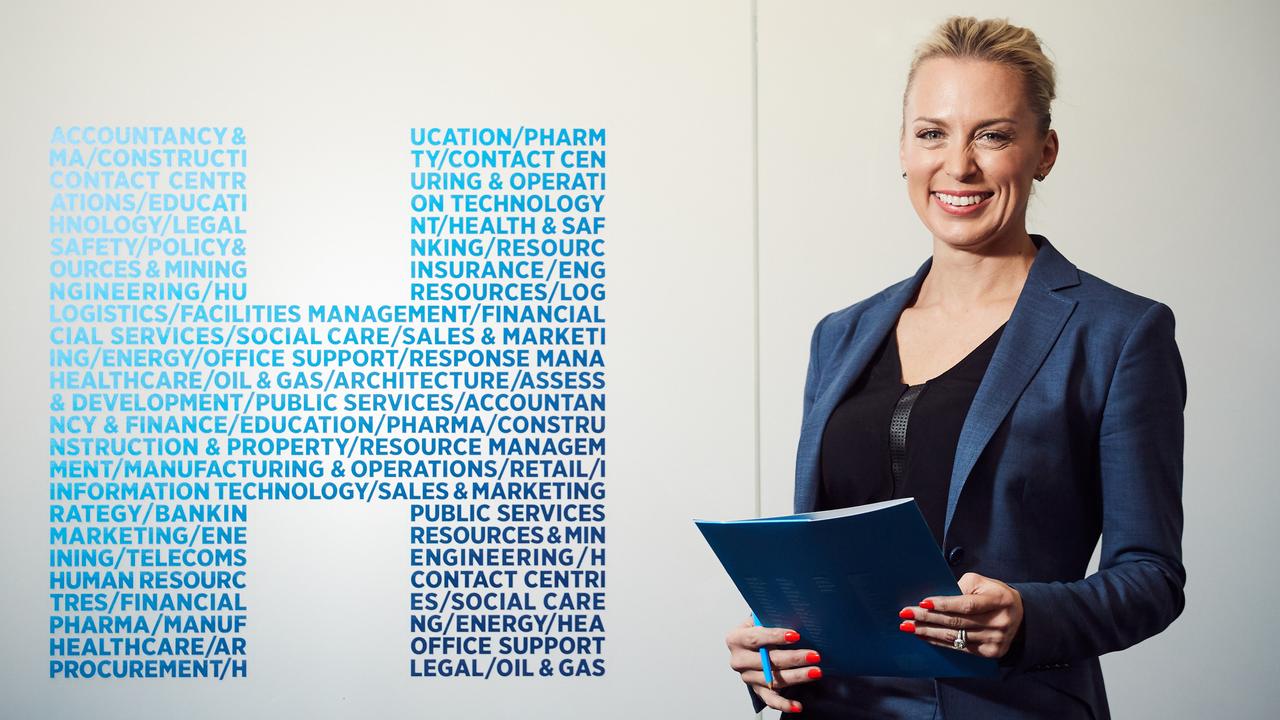What to do when a new role does not match the job description
Recruiters reveal what jobseekers can do when they start working for a new employer but their role and tasks are not what was originally outlined.
- The Australian National Talent Registry launched for jobseekers
- How to use the Australian National Talent Registry to get a job
CAREERS’ panel of expert recruiters answers a reader’s question each week. Have a question? Email careers_qs@news.com.au
What should I do if I was recruited to role ‘A’, only to be put into role ‘B’ after I start?
Justin Hinora
Executive consultant,
Hender Consulting
It is very important that candidates, not just hiring managers/recruiters, undertake extensive due diligence when exploring a new role. Beyond ensuring that you understand the responsibilities, challenges and opportunities in the role, or values of the organisation and cultural alignment, it’s critical to understand whether the role is newly created, why the previous person left, how the role has evolved over time and how might it continue to change in the future, how this role will really interface with other key stakeholders. If you feel that the role was misrepresented to you, then speak with the person who approached you for the role in the first place.

Andrew Sullivan
Managing director,
Sullivan Consulting
Finding yourself in this situation can be hard, but my suggestion is to speak with your employer to see whether there is a way to bridge the gap. If, however, that is unsuccessful or not possible then it might be time to keep a look out for other roles. With any role, I recommend reference checking potential employers. Speak to people who work at the organisation, ask mutual connections in your network about key personnel you’d be working with and take a look at what you can find online about the employer. If you do leave an organisation after only a short stint, also be prepared to justify that to recruiters and potential employers.

Alexandra Rosser
Head of Organisational Psychology Consulting,
Stillwell Management Consultants
It appears that you undertook appropriate due diligence before taking on your role, therefore the real question is around what to do now? It is important to sit down with your line manager, review the duty statement originally agreed and any other promises made about the role to you in the pre-employment stage, outline gaps between those duties/promises and what you are now required to do, provide your own suggestions on how to close the gap and the come to some agreement with them on a way forward to align your reasonable expectations with the promises made to you by your employer.

Lisa Morris
Director,
Hays
This can be a challenging situation to remedy. My advice is to firstly schedule a meeting with your manager to talk openly and honestly about your situation. Take the job description that was used during the recruitment process to this meeting and compare it to your current duties. Highlight the discrepancies and share examples to clearly show how it differs to the work you are currently being assigned. You should also highlight the specific duties you are not being given that you were told you would be assigned. You may also like to add that you were recruited to do a particular job and that is the job you want to be performing. Depending on how open you want to be, you may also like to add that the role you were recruited for is aligned to your overall career ambitions, but the job you find yourself doing has put a dent in those plans and is holding you back. In all likelihood, your manager will require time to investigate and reflect on your situation, so schedule a meeting for a few days later to discuss how the situation can be resolved. Ideally, in this meeting your manager will present a plan to transition you to the type of work you were originally recruited to complete. However, if this doesn’t occur, it might be worth considering if you should look for a new job where your skills and expertise can be better utilised and where you can work towards advancing your career. If you decide to look elsewhere, asking your recruiter or interviewer about how the role came about and what the role looks like day-in day-out can help to reassure you that the tasks you’ll be assigned will be aligned to those in the job description.

MORE NEWS
The importance of being a cultural fit for your new employer
The worst things jobseekers can do in a job interview
How to succeed in video job interviews
News Corp has partnered with HR technology company Shortlyster to develop the Australian National Talent Registry, an initiative to help get Australians back to work, as COVID-19 has left hundreds of thousands of people either jobless or with reduced working hours.
The registry aims to connect jobseekers, whose employment does not have to have been directly affected by the coronavirus pandemic to participate, with employers on cultural-fit and psychological level, not just qualifications and experience.
It is free for jobseekers to sign up. To sign up, visit adelaidenow.com.au/careers
Originally published as What to do when a new role does not match the job description


